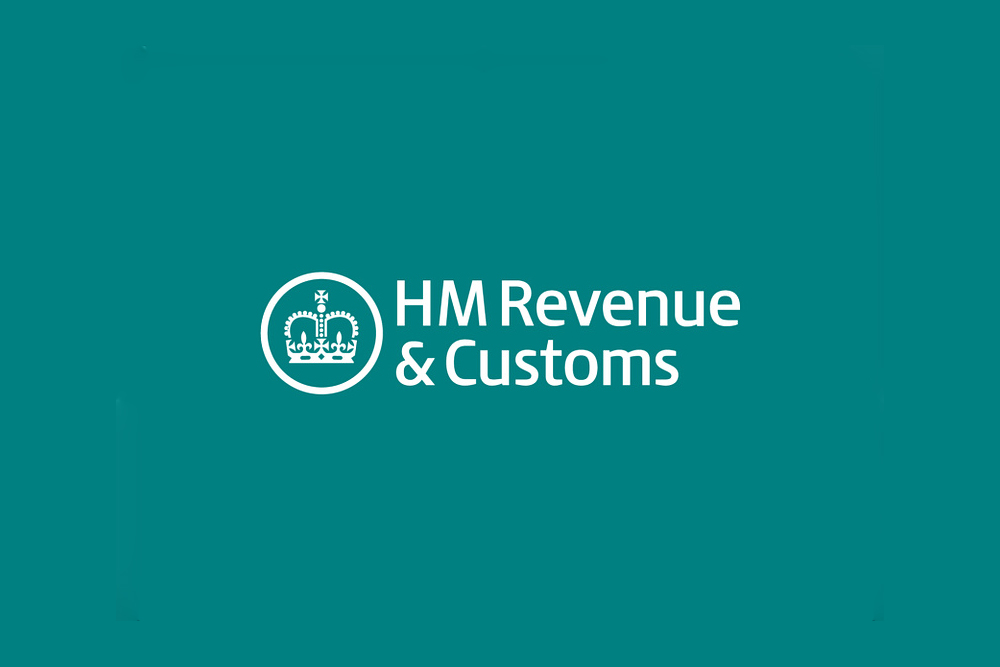Who are ‘furloughed employees’ under HMRC coronavirus job retention scheme?
‘Furloughed’ is a term more frequently used in the USA where it means a temporary suspension of employment for a certain period of time, during which an employee does not receive wages. A furlough can occur as a planned period of time off work, eg an annual factory shutdown.
The initial HMRC guideline stated:
It is vitally important to appreciate that the employer cannot unilaterally place an employee on furlough unless that is permitted under the employment contract. Neither can the employer unilaterally reduce a person’s salary. Normal employment law considerations still apply, and employees will need to consent to being put on furlough. It is crucial that employment law advice is obtained when considering implementing a furlough scheme.
If the employer and employee both agree, your employer might be able to keep you on the payroll if they are unable to operate or have no work for you because of coronavirus. This is known as being a furloughed worker.
What evidence of furloughed needed?
The employee must be advised in writing and the evidence must be kept for five years
Who can be furloughed?
Full time and part time employees on any type of contract such as fixed term, employees on agency contract, flexible or zero hours, office holders (including directors). It does not apply to self-employed.
Can we furloughed any employee?
You can only claim for furloughed employees that were on your PAYE payroll on or before 19 March 2020 and which were notified to HMRC on an RTI submission on or before 19 March 2020.This means an RTI submission notifying payment in respect of that employee to HMRC must have been made on or before 19 March 2020.




